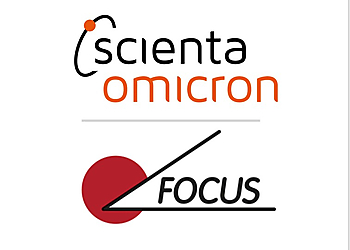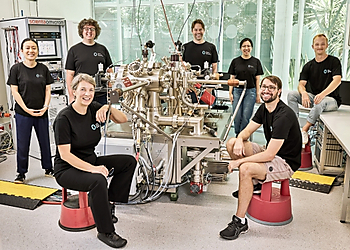News
Ongoing Partnership between Scienta Omicron GmbH and FOCUS GmbH

Following the recent change in ownership of our close partner FOCUS GmbH, Scienta Omicron GmbH and Focus GmbH have released a joint statement . We wish to assure our mutual customers of our intent to continue working closely together. No changes are anticipated to the relationship between Scienta Omicron GmbH and FOCUS GmbH as a result in the change of ownership of FOCUS GmbH.
µARPES & Electronic Alignment: Stay Focused, Save Time

New material groups are often inhomogeneous consisting of small flakes or with domain structures on the µm scale. The same scale is relevant for microstructured devices. To extract meaningful high quality ARPES data from such samples requires high spatial resolution in the µm or even nm range. These small spot sizes introduce a new set of experimental challenges.
Spring-8 PEAK Upgrade: PEAK API for Analyser Integration with Control Systems

The first HAXPES beamline BL09XU at SPring-8 synchrotron in Japan has successfully completed upgrading the analysers to PEAK acquisition control software. PEAK offers an application programming interface (PEAK API) which is designed for full analyser integration into external control systems. These integrated control systems simplify conducting a whole range of experiments that require controlling external parameters.
Scientists Emulate Nature in Quantum Leap Towards Computers of the Future

A team of quantum computer physicists at UNSW Sydney (Silicon Quantum Computing Lab) led by Professor Michelle Simmons has achieved a major milestone in the race to build the world’s first quantum computer. They have built a quantum processor in silicon to simulate an organic molecule with astounding precision. They described in their recently published Nature paper, how they were able to mimic the structure and energy states of the organic compound polyacetylene – a repeating chain of carbon and hydrogen atoms distinguished by alternating single and double bonds of carbon. They utilize the atomic-precision placement accuracy of the scanning tunnelling microscope (STM) to engineer quantum dots with large on-site energies (U ≈ 25 meV) and uniform size to realize a homogeneous linear array for reliable simulation accuracy.
